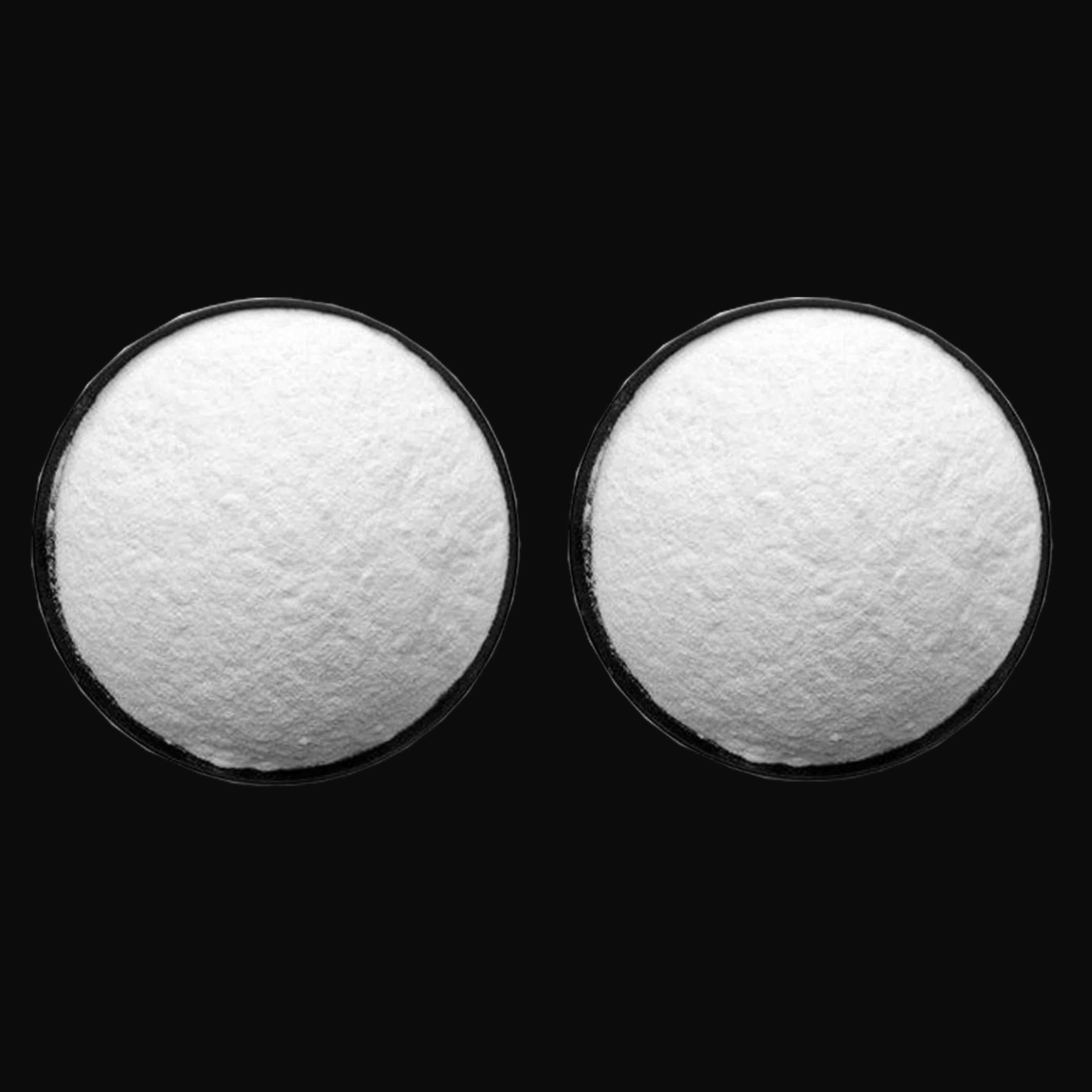
Dec . 03, 2024 12:14 Back to list
rutile vs anatase supplier
Rutile vs. Anatase Understanding the Differences and Supplier Selection
Titanium dioxide (TiO2) is a widely used material in various industries, and it primarily exists in two different crystalline forms rutile and anatase. Each form has unique properties and applications, making the choice between rutile and anatase crucial for manufacturers and suppliers. This article aims to explore the differences between rutile and anatase titanium dioxide and how to choose the right supplier for your needs.
Understanding Rutile and Anatase
Rutile is the more thermodynamically stable structure of titanium dioxide. It has a tetragonal crystal system and is characterized by its high refractive index, excellent hardness, and photostability. Rutile is generally preferred in applications that require durability, such as in the manufacturing of coatings, plastics, and ceramics. Its ability to scatter light effectively makes it a popular choice for producing white pigments.
Anatase, on the other hand, is less stable than rutile and has a similar tetragonal crystal structure but with a different arrangement of atoms. Anatase is known for its high photocatalytic activity, making it ideal for applications in environmental remediation and solar energy conversion. However, it is not as durable as rutile and, therefore, is less frequently used in applications requiring long-term stability.
Properties and Applications
The choice between rutile and anatase depends largely on the specific requirements of the application.
1. Pigmentation Rutile is often chosen for its outstanding pigmentation properties. It provides excellent opacity and brightness, making it suitable for paint, coatings, and plastic applications. In contrast, anatase is used in applications where its photocatalytic properties are advantageous, such as self-cleaning surfaces and air purification systems.
2. Photocatalytic Activity Anatase exhibits superior photocatalytic activity compared to rutile. This characteristic makes it a preferred material in coatings that harness light to break down pollutants and odors. Rutile can exhibit some photocatalytic properties, but its primary use remains in applications focusing on pigmentation rather than photocatalysis.
3. Thermal Stability Rutile possesses a higher thermal stability than anatase. This aspect is crucial for applications subjected to heat, such as ceramics and refractory materials. For industries where heat resilience is necessary, rutile is the obvious choice.
rutile vs anatase supplier

Supplier Selection
When choosing between rutile and anatase suppliers, several factors need to be considered
1. Product Quality Ensure that the supplier provides high-quality titanium dioxide. Look for certifications and quality assurance processes that guarantee the purity and consistency of the product.
2. Technical Support The right supplier should offer technical support and guidance in selecting the appropriate form of titanium dioxide for your application. This assistance can save time and resources, ensuring the chosen material aligns with application needs.
3. Customization Options Some suppliers offer customization in particle size, surface treatment, and other properties. If your application has specific demands that deviate from standard offerings, it may be beneficial to choose a supplier willing to tailor their products to meet those needs.
4. Reputation and Reliability Research suppliers’ reputations within the industry. Look for reviews and testimonials from other customers to gauge reliability, delivery times, and customer service.
5. Price and Value While price is an important factor, it should not be the sole consideration. Focus on the value offered by the supplier, including quality, service, and support. Sometimes, paying a little more for a reliable product can lead to overall cost savings in the long run.
Conclusion
The choice between rutile and anatase titanium dioxide has significant implications for various industries. Understanding the distinct properties and appropriate applications for each form is crucial for manufacturers. When selecting a supplier, it’s essential to prioritize product quality, technical support, customization options, reputation, and overall value. By making informed decisions, businesses can optimize their use of titanium dioxide and enhance their products’ performance and sustainability.
-
Essential Guide to Calcium Powder Quotes – Pricing, Quality & Global Insights
NewsNov.24,2025
-
Reliable Anatase TiO2 Pigment Quotes for Sustainable Industry Use | CQ Titanium Dioxide
NewsNov.24,2025
-
Understanding Lithopone B311 Powder Quotes – Market Insights & Applications
NewsNov.23,2025
-
Reliable 30-50nm TiO2 Powders Quotes for Advanced Industrial Use | CQTitanium
NewsNov.23,2025
-
Comprehensive Guide on Lithopone Red Pigments Quotes | Industry Insights & Pricing
NewsNov.22,2025
-
Comprehensive Insights into the Lithopone Market: Global Trends & Applications
NewsNov.22,2025
